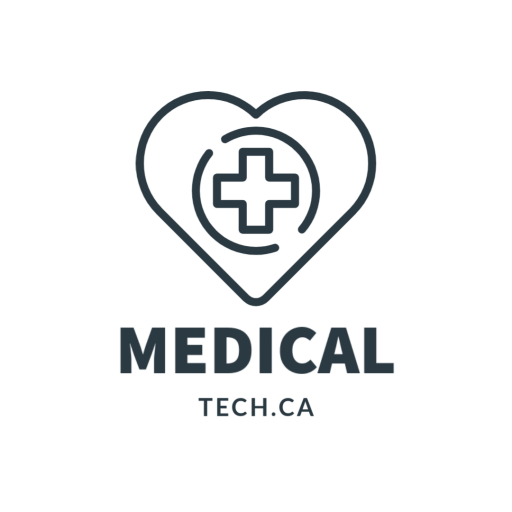by medicaltechont | Mar 15, 2010 | Healthcare
The folks at Medsphere, which licenses hospital software based on the VA’s open source VistA system, has launched aStimulus ROI Calculator, a handy way for evaluating its software based on that sweet, sweet stimulus cash, and of getting your hospital on its radar.
It’s a good thing.
But if you’re looking at health IT, especially if you’re a clinic, a stimulus calculator is not the first place you should be looking.
During the HIMSS show I got this clue in the Kryptiq booth, from Thomas Landholt (right), who runs a family clinic in Missouri and has been through the automation wars.
His advice? First write a business plan.
Whether you can afford an Electronic Medical Record (EMR) system is one thing. But if government money is going to be your sole motivator, your automation effort is going to fail.
Instead, he suggested, treat your EMR investment just as you would an investment in a new imaging system, or lab system, or any other major purchase you are making for your business. That’s what your clinic is, a business.
Doctors resist thinking of themselves as businessmen, but unless you’re drawing a paycheck that’s what you are. And the biggest mistake many doctors make is spending all their time working in their business, rather than on their business.
Writing a business plan is working on your business. Figure out how you’re going to profit from this investment. Add up all the costs, list all the benefits. Put numbers on them. Do research to make certain the numbers are accurate.
What Landholt found, in building out his own EMR system, was that it helped him re-engineer his business. He put his nursing station in sight of the reception desk. He put in secure messaging to reduce the cost of connecting with patients, and increase communication. He changed workflows.
These are some of the things EMR software is designed to enable, under the stimulus. But what the software really does is provide you the opportunity to get inside your business and make it work better, more efficiently. You can lower costs and provide better care once you have access to your own data.
Read More
by medicaltechont | Mar 12, 2010 | Healthcare, Technology
The unprecedented level of detail in EMR clinical data opens new possibilities for defining clinical quality measures in more clinically meaningful ways. However, more detailed data can cause difficulties in ensuring that data across institutions are comparable, according to an article in the online March edition of the Journal of Medical Informatics Association.
Michael G. Kahn, MD, department of pediatrics at the University of Colorado in Denver and Daksha Ranade from the department of clinical informatics at The Children’s Hospital in Aurora, Colo., sought to examine the impact of billing and clinical data extracted from an EMR system on the calculation of an adverse drug event (ADE) quality measure approved for use in The Joint Commission’s ORYX program, a mandatory national hospital quality reporting system.
http://www.healthimaging.com/index.php?option=com_articles&view=article&id=21163:jamia-more-detailed-emr-data-may-make-comparisons-difficult-XX
The Child Health Corporation of America‘s (CHCA) “Use of Rescue Agents—ADE Trigger” quality measure uses medication billing data from 48 nonprofit free-standing children’s hospitals in the U.S. contained in the Pediatric Health Information Systems (PHIS) data warehouse and was used to create The Joint Commission-approved quality measure, according to the authors.
“Using a similar query, we calculated the quality measure using PHIS plus four data sources extracted from our EMR system:…Four versions of the ‘Use of Rescue Agent – ADE Trigger’ quality measure’s numerator and denominator events were developed as SQL-based queries against the EPIC EMR system:
Read More
by medicaltechont | Apr 7, 2008 | Uncategorized
Engineering techniques can be used to eliminate inefficiencies in Canada’s health care system, as the work by a new Toronto research centre shows. In the modern race to innovate, the health care industry is lagging decades behind manufacturing and other service industries. Michael Carter is ready to launch a game of catch-up.
As head of the new Centre for Research in Healthcare Engineering at the University of Toronto, Dr. Carter’s job seems simple on paper, but a lot tougher to execute: Replace the isolated elements of the system with a more efficient, productive health care system that gets everyone pulling in the same direction and makes the best use of limited resources.
“Every time I go into a hospital, I’m looking at it with a different eye,” Dr. Carter says. “Everywhere I look I see opportunities for improving efficiency. … It’s not just cutting costs. It’s really important to have the system set up properly.”
read more | digg story

